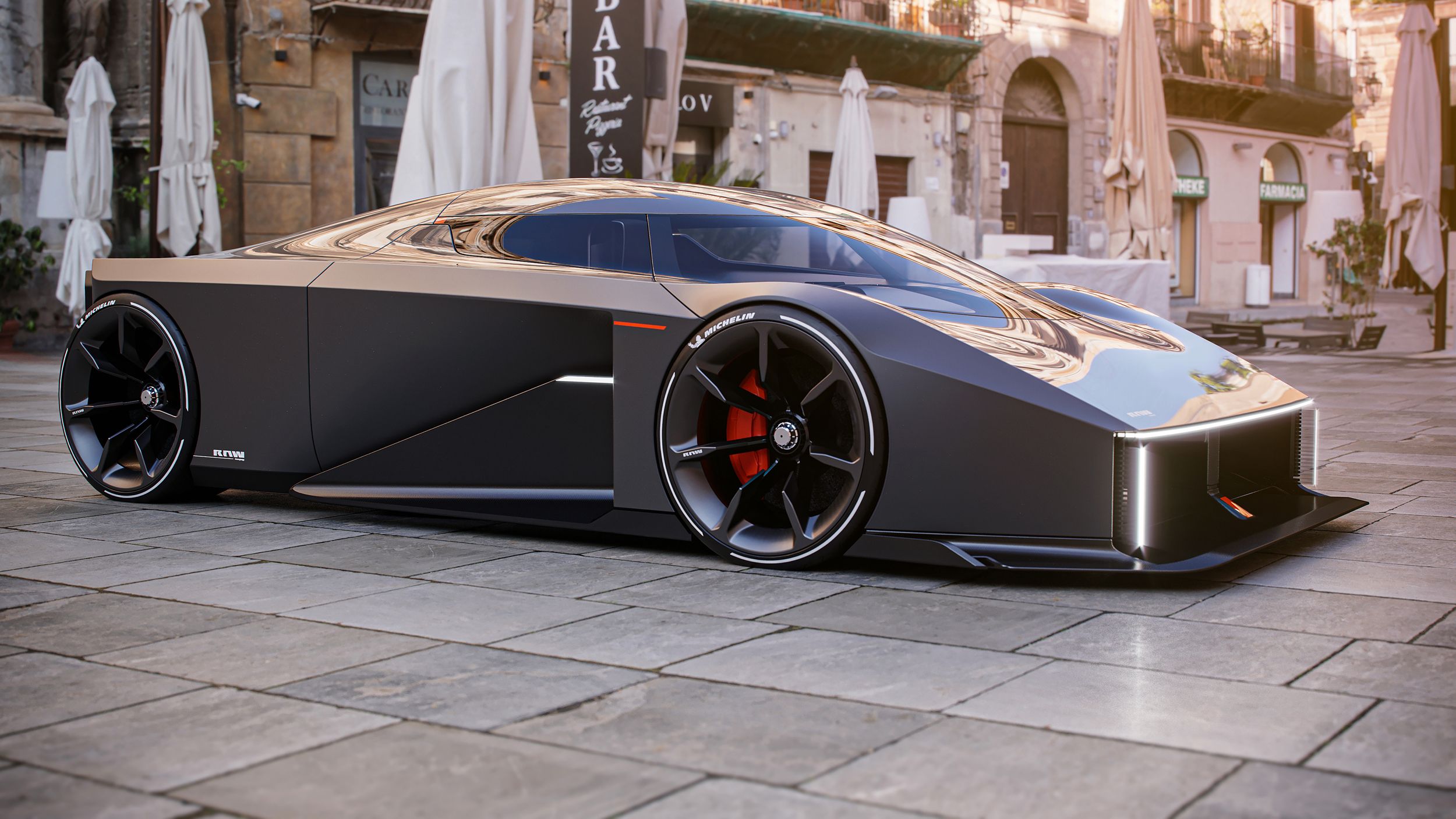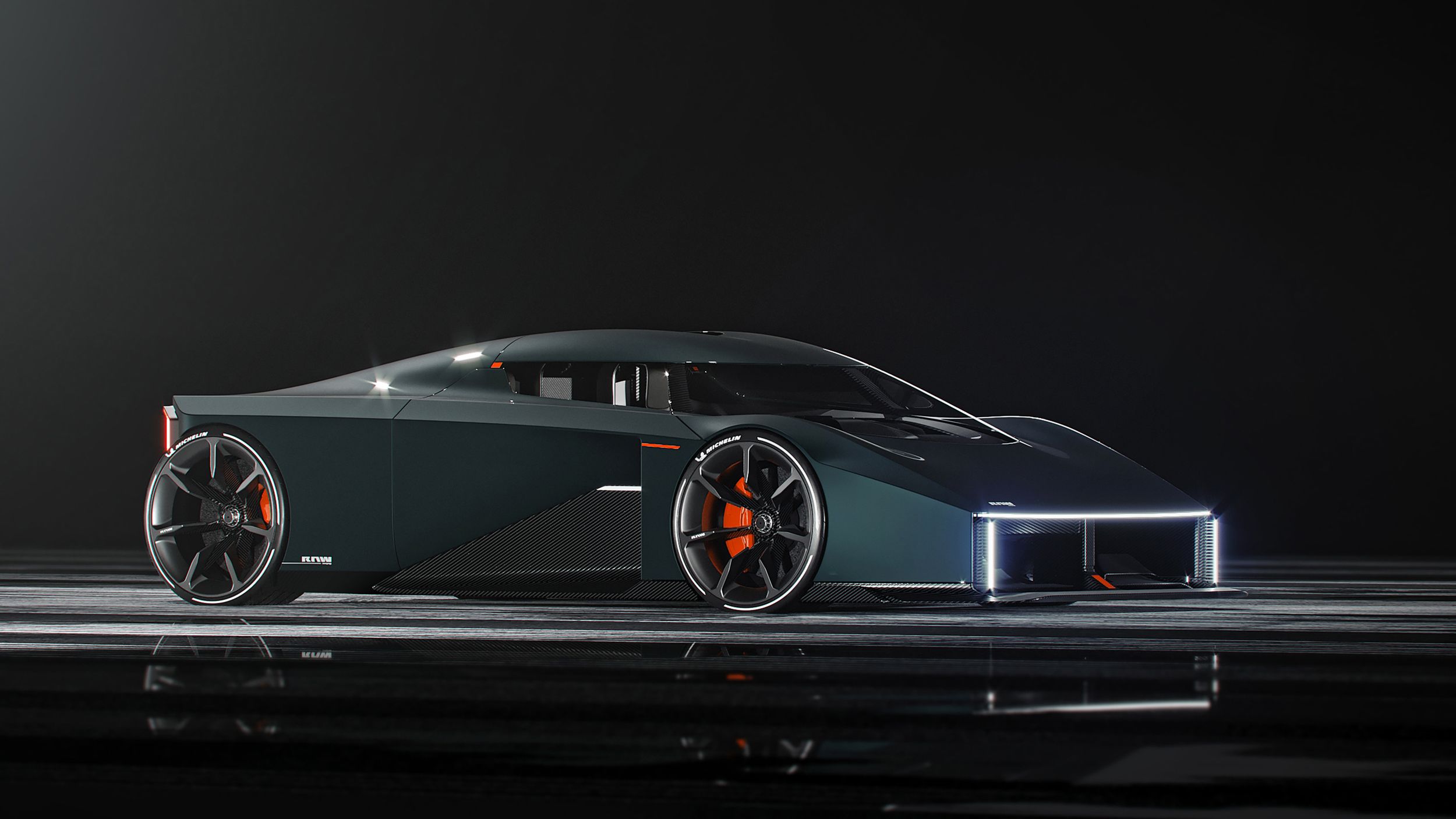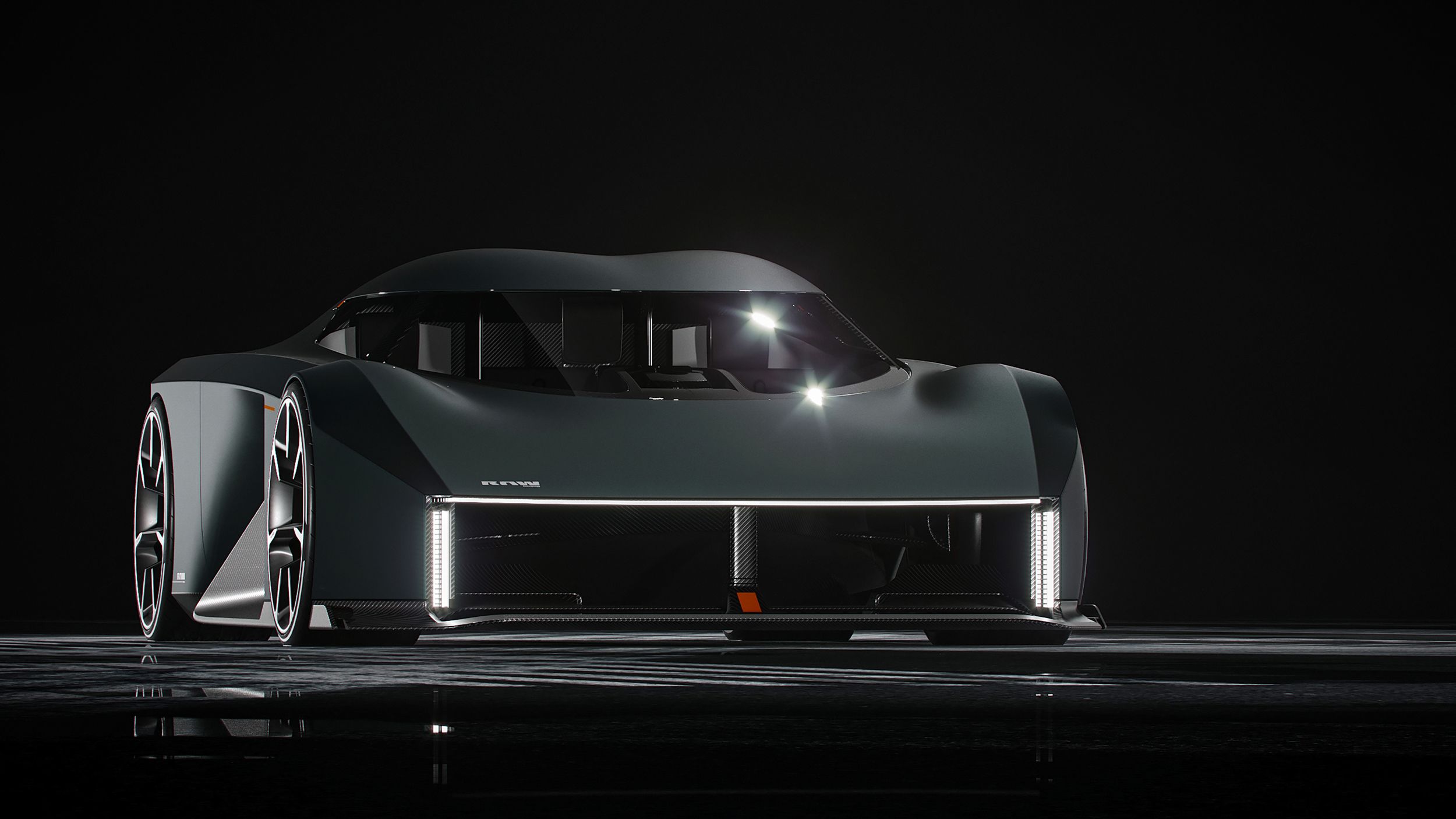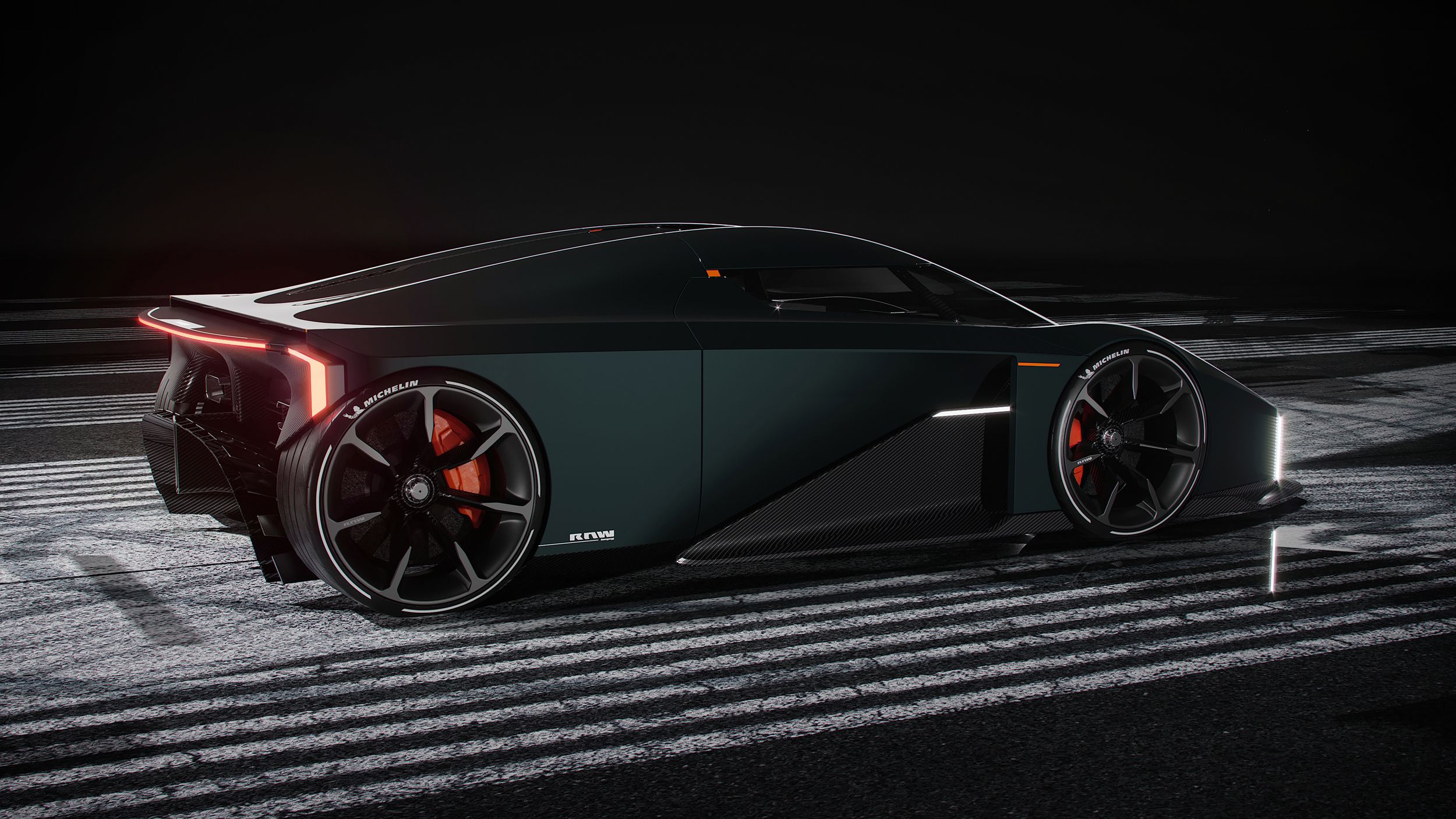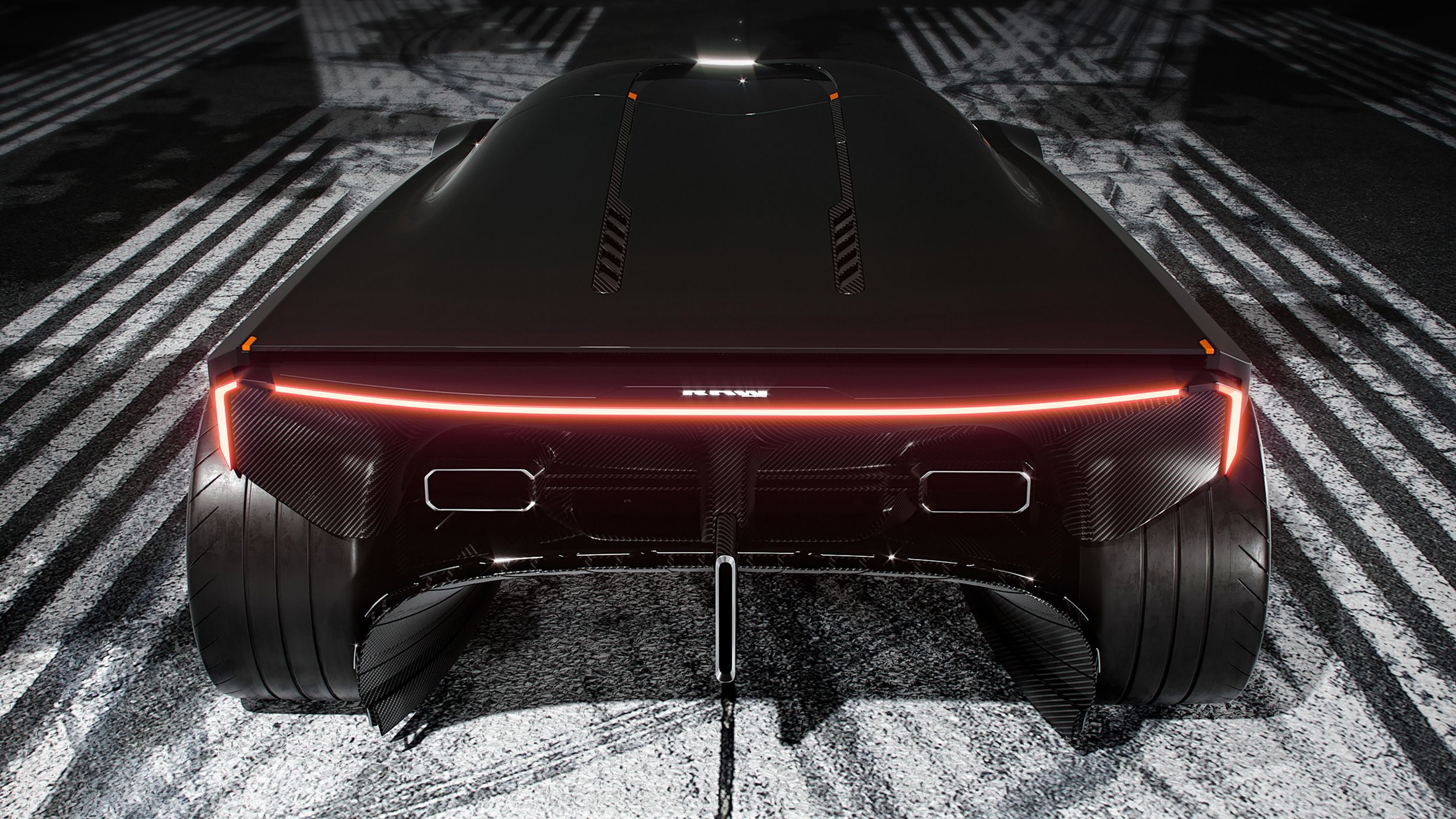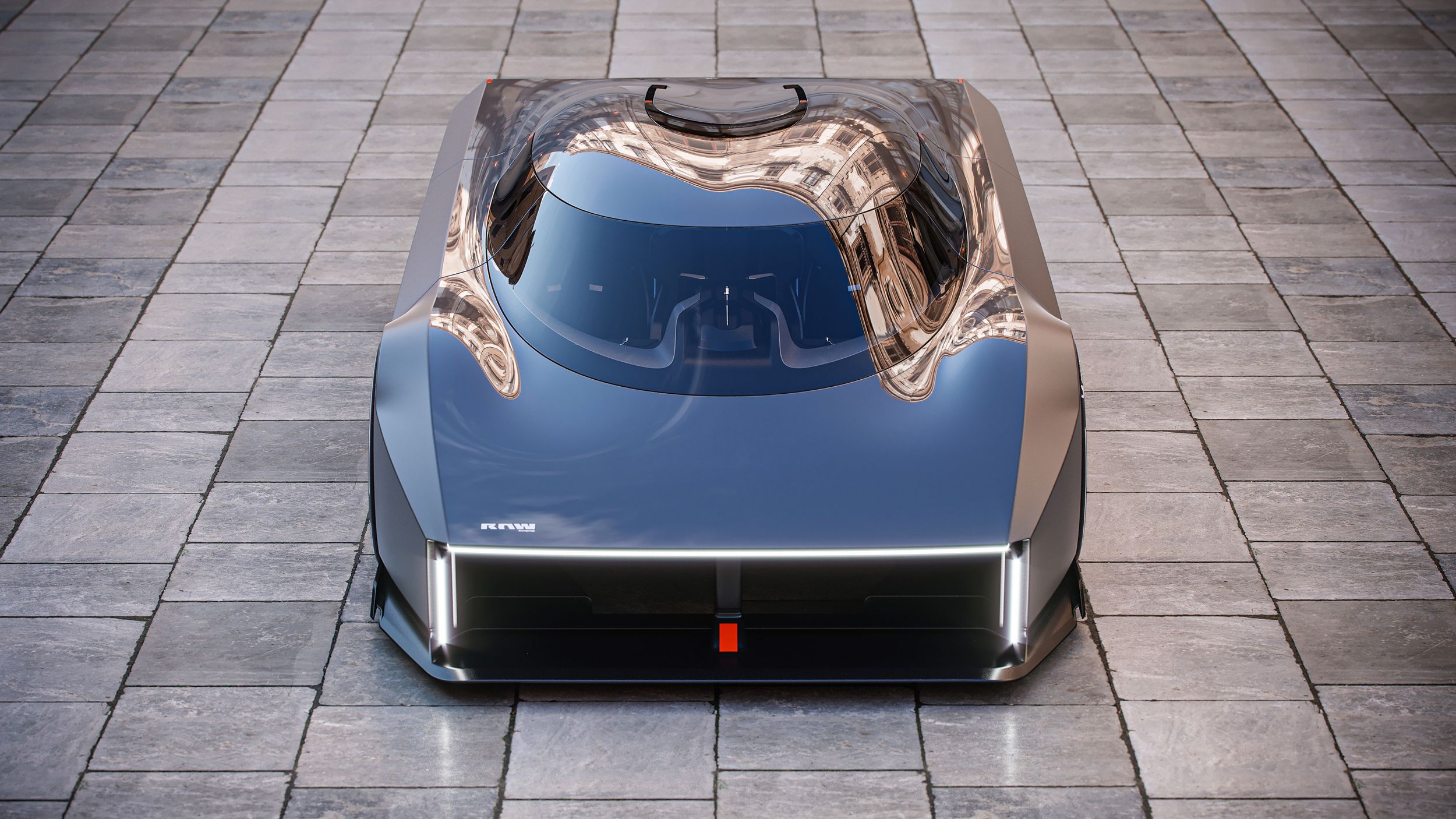The Swedish carmaker Koenigsegg is responsible for some of the most exclusive and technologically advanced high-performance cars in the industry. Between the pursuit of ultimate performance and sustainability, Koenigsegg produces, on average, just 35 vehicles per year. However, Koenigsegg has been thinking of expanding its production with a more affordable model, via the RAW Project. While the concept was introduced back in 2019, the model has yet to take physical shape. We don’t know what its production name will be, but like previous Koenigsegg models, it has the potential to change the supercar industry on a number of levels.
An “affordable” model will increase Koenigsegg’s production ten-fold
Founder and CEO, Christian von Koenigsegg said “we have been looking to expand our offering because, basically, our brand has outgrown our production volumes by quite a big margin” and with a more affordable model, the brand will reach that target. Currently, the most mass-produced model of the Swedish hypercar manufacturer is the Koenigsegg Gemera, which is the first hyper GT. Production started in 2021 and is limited to just 300 units. The upcoming, entry-level Koenigsegg is expected to be produced in much greater quantities and is expected to be for Koenigsegg what the Huracan is for Lamborghini.
It will raise the bar in its segment
While no supercar can be called boring, it is true that many of the entry-level propositions are relatively sedated compared to their more expensive counterparts. You only need to see a Ferrari F430 and an Enzo next to one another to see what I’m talking about. If Raw Design’s model is anything to go by, the entry-level proposition from Koenigsegg will be just as radical and technologically advanced when it arrives as the rest of the lineup.
You only need to gaze at the gigantic diffuser, courtesy of a completely exposed rear end, and the suicide dihedral helix doors of the concept. Moreover, Project RAW incorporates a central driving position, which will be a first in the entry-level supercar segment – a feature previously reserved for very few, range-topping examples like the McLaren F1 and its spiritual successor, the Gordon Murray T50.
Low-volume cars may no longer be exempt from meeting emissions targets
Currently, car manufacturers that produce fewer than 1,000 vehicles per year are exempt from Europe's strict emissions targets. While these are subject to change, Koenigsegg’s advancements in internal combustion and hybrid technology could change that. Koenigsegg’s 2.0-liter twin-turbo inline-three represents peak engineering and is designed to work with E85. The Tiny Friendly Giant, as it is called, makes 600 horsepower (447 kilowatts) and 443 pound-feet (600 Nm).
The Tiny Friendly Giant, which features Freevalve technology is already put to work in the Koenigsegg Gemera where it works with three electric motors. The system output of 1,700 horsepower (1,250 kilowatts) and 2,582 pound-feet (3,500 Nm). This allows for a 0 to 62 mph (100 km/h) acceleration in 1.9 seconds and a top speed of 249 mph (400 km/h). The inline-three also boasts Frequency-modulated Torque technology, which deactivates cylinders, making the engine 15 to 20 percent more efficient than a unit with direct injection and variable cam timing.
The Tiny Friendly Giant is the logical choice for the “affordable” Koenigsegg, but we don’t know whether it will be paired with electric motors or not. Given Koenigsegg’s recent efforts in electrification, it could mean that the entry-level model will feature at least one electric motor. Given the recently-formed partnership between Koenigsegg and Swedish-Chinese battery manufacturer, NEVS, which owns 20 percent of Koenigsegg, a fully-electric version is not out of the question either. This would make the “budget-friendly” Swedish supercar the first entry-level EV model.
Can it turn Koenigsegg into a more mainstream car company?
While Koenigsegg is, very much, at the technological forefront in the automotive industry, part of its charm is the level of exclusivity matched only by other hypercar manufacturers, such as Bugatti and Pagani. With an average annual production output of just 35 cars per year, of which the most affordable is the $1.7 million Gemera, not just anyone can drive a Koenigsegg.
It’s clear that Koenigsegg has the capacity to produce more cars and increase its profit margins even more, but an “affordable” model may endanger the brand’s identity as an exclusive hypercar manufacturer. Lamborghini, for example, makes more cars per year than its entire production from 1964 to 2002, and this is thanks to more mass-produced models like the Gallardo, Huracan, and Urus, and not flagships like the Murcielago, Aventador, and their derivatives. With that said, even the "affordable" Koenigsegg is expected to command a hefty price tag when (if) it arrives.
It may prompt Koenigsegg to create a racing team
While Koenigsegg never went racing, it made a fully-functioning racing prototype that was intended to compete at the 24 Hours of Le Mans. The 2007 Koenigsegg CCGT was designed for the GT1 racing class at Le Mans, but exceeded some of its performance parameters by such a margin that it just wasn’t eligible. With that said, it is common knowledge that manufacturers tend to enter their entry-level models in motorsports, e.g. Lamborghini Huracan GT3.
After the change in regulations that resulted in Koenigsegg’s GT1 race car not being eligible, Christian von Koenigsegg deemed a second attempt as not feasible. An entry-level Koenigsegg, however, may change that, especially since homologation rules nowadays are loosened compared to back in the day. At this point in time, it’s mostly wishful thinking, but it isn’t out of the question unless Koenigsegg says so.

